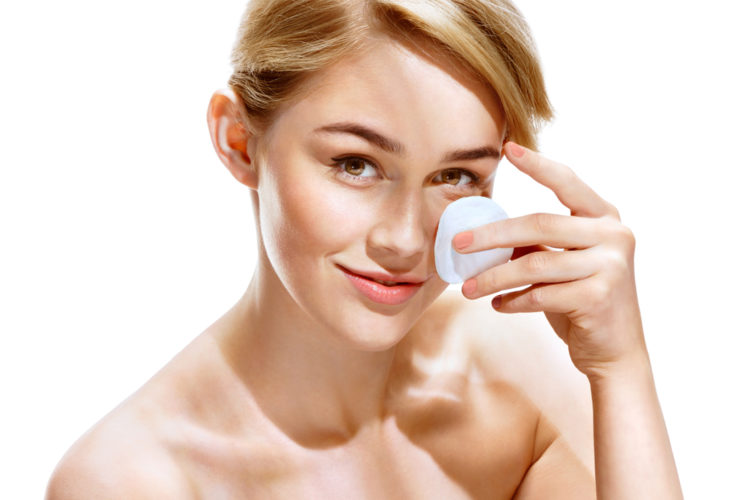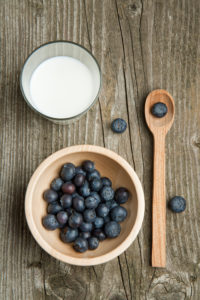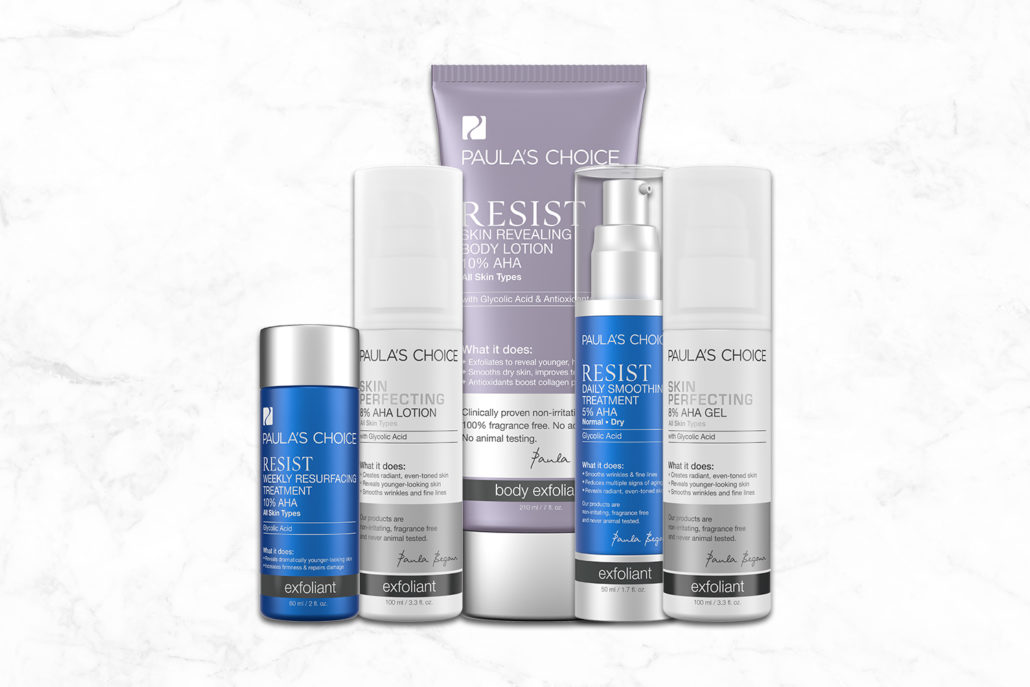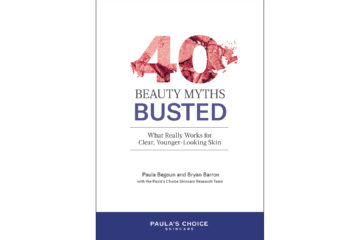What Does Glycolic Acid Do For Your Skin?

A miracle chemical compound from the Alpha-Hydroxy Acid (AHA) family, glycolic acid can penetrate into your skin and give you wondrous results – firmer skin, natural glow, reduced acne are amongst a few of the benefits it offers.
To understand what glycolic acid is and how it can benefit your skin, it is important to know more about AHAs.
What are AHAs, and what do they do for me?
AHAs, belong to the family of exfoliants and if you haven’t been using them in your skin care routine, you are definitely missing out on significant benefits. The non-abrasive, leave-on
AHA exfoliants offer benefits like:
- minimizing the appearance of wrinkles
- clarifying dull, uneven skin tone
- smoothing rough, bumpy skin
- unclogging pores
- increasing hydration
Types of AHAs

AHAs can be synthetic, or they can be organic. Most of them are a mix of both, with its core ingredients from sugars in fruit (which produces glycolic acid) and milk (lactic acid).
How does Glycolic Acid work?
While avoiding the confusing science behind it, glycolic acids achieve the effect of a chemical peel, reducing acne, age spots, wrinkles, keratoses, xerosis (dry skin) and ichthyosis (dry, thick, flaky skin).
Higher concentrations of glycolic acid are more efficient, but many people start at lower concentrations to accustom their skin with the acids. A slight “biting” sensation is common while using.
Glycolic acid also decreases the buildup of comedones under your skin. Comedones are basically clogged up hair follicles. Our skin has many hair follicles on the surface, where fine hair grows out from. When there is a buildup of sweat or keratin (old skin) in hair follicles, it clogs the pore. These results either in whiteheads (under the skin, closed up) or blackheads (on the surface of the skin). Also, our skin naturally releases sebum from our sebaceous glands. When your skin is too dry, these glands tend to release more sebum, which can also clog your pores. When the weather is humid (therefore making skin more susceptible to oiliness),
Our skin also naturally releases sebum from our sebaceous glands. When your skin is too dry, these glands tend to release more sebum, which can also clog your pores. When the weather is humid (therefore making skin more susceptible to oiliness), this sebum, along with other agents like sweat, can also clog pores. When your whiteheads or blackheads get inflamed (by infection), this gives rise to acne.
In short, comedones are caused by either increased production of sebum and/or buildup of dead skin, usually a combination of both. Glycolic acid helps by removing the dead skin, therefore reducing the chances of comedone formation, and directly reducing acne. Glycolic acid also helps in reducing the look of redness and scarring, by continuously scrubbing away the skin layers. As an added bonus, the skin also will appear lighter, with the appearance of smaller pores.
How does it fit into my skincare regime?
AHAs can be found in any skincare product, but they’re mostly found in face cleansers or exfoliators.
Daily exfoliators tend to have lower concentrations of glycolic acid (about 7-10%, with pH level of 1-3). It can also be found in toners, gels, or spot treatments.
Masks containing AHA and glycolic acid increases the skin’s cell turnover rate, and many have found that leaving it on is highly effective – as such, it is also found in many mask products. Leaving it on gives the glycolic acid more time to seep into your skin, and do its magic from beneath, therefore making it more effective than say, a cleanser that you wash off within seconds.
Serums with glycolic acid can also be left on throughout the night, and it does the work for hours on end, leaving your face bright in the morning.
In short, AHAs should be applied after cleansing and toning. The other products like your serums, boosters and moisturizers should go on after your exfoliant has been applied.

Final Tip
Everyone’s skin is different, while AHAs and glycolic acid sound wonderful, reality has it that some people’s skin just will not take to it, and are too sensitive. Try introducing small concentrations of AHAs into your skincare regime, and if all goes well then you should be good. Do not change your entire regime at once, so that you know which product your skin is not liking. If skin irritation occurs, stop the use of
Try introducing small concentrations of AHAs into your skincare regime, and if all goes well then you should be good. Do not change your entire regime at once, so that you know which product your skin is not liking.
If skin irritation occurs, stop the use of the product and maybe consult a dermatologist about your options.














